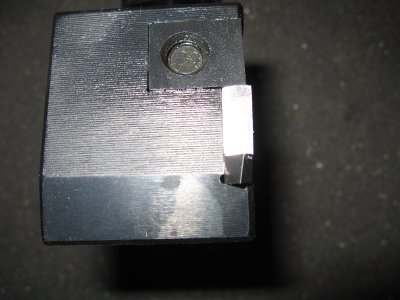- Joined
- Jan 2, 2014
- Messages
- 8,852
@WobblyHand
I just gotta compliment you on the great close-up pictures you are posting.
Both the pictures of your threads and the tool tip.
The detail you've captured is like being there.....with a magnifying lamp and my good eye!
Obviously your hands are NOT too wobbly!
-brino
I just gotta compliment you on the great close-up pictures you are posting.
Both the pictures of your threads and the tool tip.
The detail you've captured is like being there.....with a magnifying lamp and my good eye!
Obviously your hands are NOT too wobbly!
-brino


